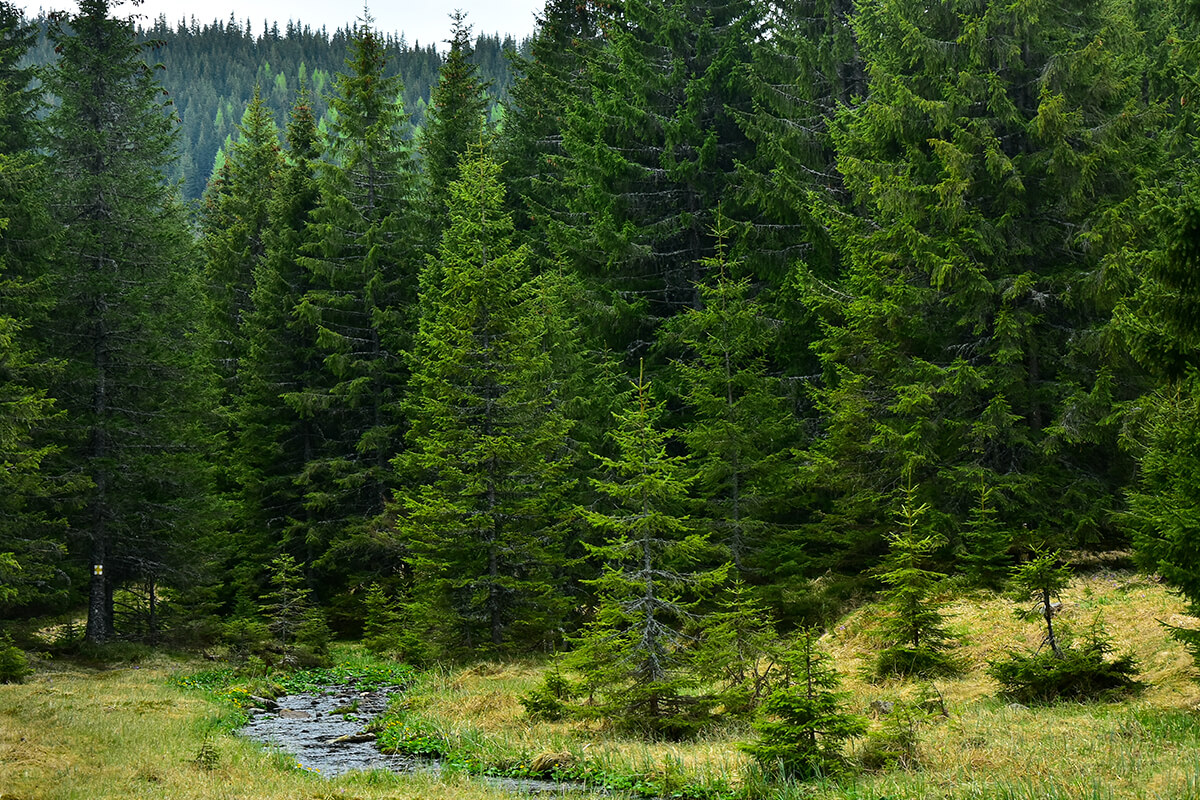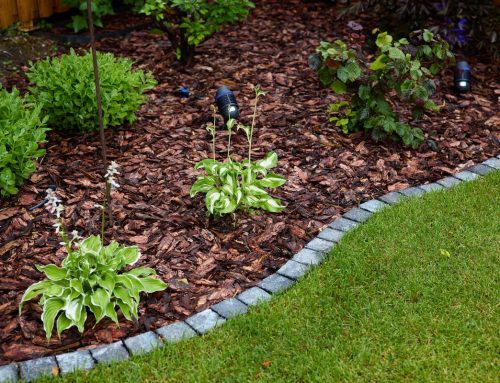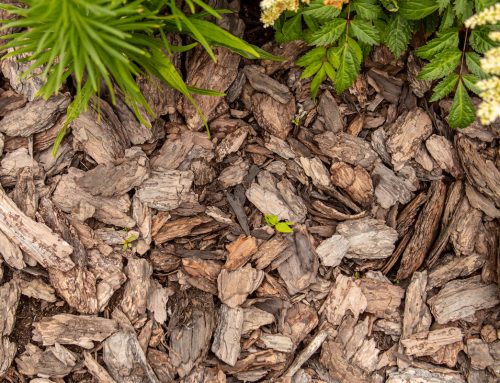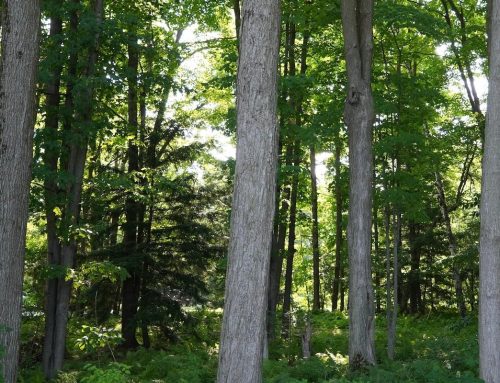When choosing the right type of wood for starting a campfire, the terms “softwood” and “hardwood” often come up. But what exactly is softwood, and how does it differ from hardwood? Let’s break down the basics of softwood trees and their characteristics.
What is a Softwood Tree?
Softwood trees are also known as conifers or cone-bearing trees. Unlike hardwood trees, softwoods don’t have leaves that fall off seasonally. Instead, they have needles and often stay green year-round, which is why they’re also called evergreens.

Softwood trees grow much faster than hardwoods, which generally makes them more affordable and readily available for various uses. They also tend to have straight, tall trunks, which makes them ideal for lumber.
While the term "softwood" might suggest that the wood is physically soft, that's not always the case. Some softwoods can be harder than certain hardwoods, but generally, softwoods are lighter and less dense.
How to Identify Softwood Trees
Softwood trees can be identified by their needles, cones, and bark. Unlike broad-leaved hardwoods, softwoods have narrow, needle, or scale-like leaves that remain on the tree throughout the year. These trees produce cones instead of flowers to hold and spread their seeds.
Common examples of softwood trees include:

Their uniformity and rapid growth rate make them a popular choice for many types of construction and manufacturing.
While softwood is often cheaper and more accessible than hardwood, it has some downsides as firewood. Softwoods generally burn faster than hardwoods because they’re less dense. This means you’ll go through more logs in a shorter amount of time, which can be inconvenient if you’re looking for a long-lasting fire.
Softwoods also tend to produce more smoke and creosote, a tar-like substance that can build up in your chimney and increase the risk of chimney fires. Creosote is a byproduct of incomplete combustion that can accumulate in the chimney, posing a fire hazard. This makes softwood less ideal for indoor fireplaces, but its less dense structure gives it some unique benefits for other applications.
Hardwood is typically the better choice for long-lasting, low-maintenance fires, especially indoors. Hardwood's density and lower moisture content allow it to burn hotter and cleaner, making it safer for indoor fireplaces. However, softwood can still be useful for short outdoor fires, quick heating, or kindling. At Deeke's, we provide only high-quality hardwood firewood, avoiding softwood because we believe in giving you a better burn. Hardwood burns hotter, longer, and with less smoke than softwood, making it ideal for indoor and outdoor fires.



